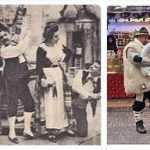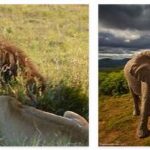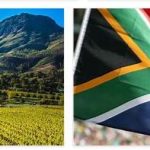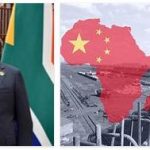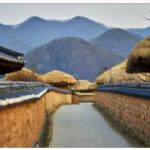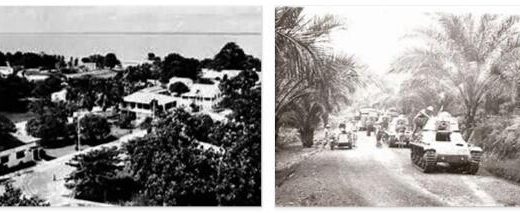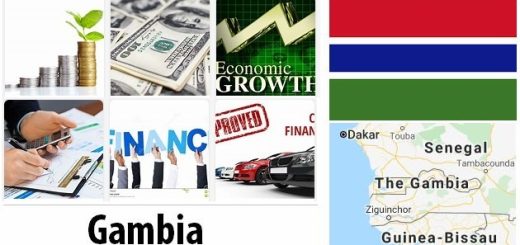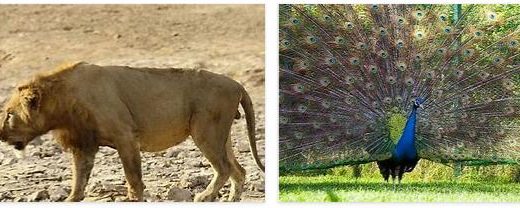South Africa Music
A real national school established itself around the twenties and thirties, thanks to a group of composers born in the last quarter of the nineteenth century, among which E. Lowenherz (1874-1958), S. Richfield (1882) stand out. -1967), M. Lorens de Villiers (1885-1977), H. Matthews [Johannes Joubert] (1894-1958), P. Lemmer (b. 1896) and R. Cherry (b. 1897). Only from the 1940s on South African music began to have international resonance, thanks to composers born in the early twentieth century and very often trained abroad. In particular, we remember the composers P. Rainier (1903-1986), R. Nepgen (b. 1909) and B. Gerstman (1910-1973).
Among the first compositions with which Rainier enters the music scene, there are the Duo for violin and piano (1932) and the Quartet n. 1 for strings (1939). The Requiem for tenor and choir a cappella, based on a text by D. Gascoigne, belongs to the same thirties (although represented only in 1955). He will then compose the Suite for clarinet and piano (1943), followed by the Sinfonia da camera (1947) and Cycle for declamation, for soprano, tenor or baritone (1953). In the sixties he composed the Phala-Phala dance-concert, commissioned by the London Philarmonic Society (1960-61), and again the Trio-Suite for violin, cello and piano (1960), Quanta for oboe and string trio (1961-62), the Concerto for cello and orchestra (1963-64) and Aequora lunae for orchestra (1966-67). Among other things, Ploërmel for winds and percussion (1972-73) and Due canti and Finale for violin and orchestra, composed for Y. Menuhin (1977), belong to the last years of his activity. Author of a vast production of vocal music, especially chamber, voice and piano, Nepgen is one of the most representative South African composers of this century. Of his first compositions we remember The three Marys, for strings with harp, flute and solo voices (1938). Of the many compositions written on poetic texts, we recall those based on the lyrics of WEG Louw. In the seventies he edited for his country the translation of texts by F. Petrarca and G. Leopardi, by G. Pascoli and E. Montale, which gave rise to compositions for voice and piano such as L’Infinito (1975), Orfano ( 1975), Tre sonnets (from Petrarca, 1975) and Due Xenia Canzoni (1976). Gerstman’s first significant work is Hellas, for women’s choir, soprano and orchestra (1928). Many of his works were performed in the 1930s in Cape Town, in Ch. Weich’s concert cycle. Of the large production of chamber vocal music, we remember in particular Five songs for voice and piano (also with orchestral accompaniment, 1937-38), Voice in the night for soprano and orchestra (1942), Ariel’s songs from the Tempest by Shakespeare, for soprano and celesta (1946), Die Lied van ‘n vrou, for soprano and piano (1958), Drie Suid-Afrikaanse Kerslieder (1968) and the African cycle(1968-69). G. Fagan (1904-1980) belongs to the same generation, also residing in London until the end of the 1940s. Back in his country, he edited arrangements of melodies of the African popular tradition, carrying out the activity of conductor. Author of the music for the film David Livingstone, he has also written several compositions for orchestra, including South African folk-tune suite (1942), Five orchestral pieces (1948-49), Fanfare for Radio South Africa (1966) and the Suite for strings (1974), Miniature overture -Fanfare for a Festival, for 22 brass, 8 percussion and 6 harps (1976), and Karoo-Sinfonie (1976).
Among the European composers who contributed to the evolution of the musical culture of the South Africa, the figure of the English WH Bell (1873-1946), who moved in 1912 to Cape Town, to take over the direction of the South African College of Music (founded in 1910), and those of the Scots P. Kirby (1887-1970), author since the 1920s of important ethnomusicological studies on the aboriginal musical tradition, and E. Chisholm (1904-1965), professor of music at the university of Cape Town since the mid-1940s, and founder in 1948 of the South African section of the International Society of Contemporary Music (SIMC).
Many of Bell’s pupils then dominated the South African music scene from the mid-1940s, such as S. Grové (b. 1922), H. du Plessis (b. 1922), and J. Joubert (b. 1927). For South Africa 2006, please check computergees.com.
Grové’s early works include the Songs of the last passage, for choir and orchestra with baritone (1943), the Symphonic Fantasia ” Aeterna Munera ” (1945) and the String Quartet, dedicated to Bell (1945). In the 1950s he composed the Duo for violin and cello (1950), the Trio for violin, cello and piano (1952), the Quintet for harp and strings (1954), the Serenade for flute, oboe, viola, bass clarinet and harp (1952), and the Sinfonia concertante (1956). A new phase opened in the following decade with the resumption of the twelve-tone method in the Symphony (1962), which was followed by Three pieces for piano (1965), and again Tweespalt, for piano for the left hand (1975), Die Nag van 3 April for flute and harpsichord (1975) and the Symphony, for choir and orchestra (1975). Of du Plessis we remember in particular the cycle of melodies for baritone Vreemde Liefde (1951), the Quartet for strings, also dedicated to the master (1950-53), and again Vier Slampamperliedjies for soprano (1961), the suite for piano Inspiré par mes chats (1963-64), Suid-Africa – Nag en Daeraad for soprano, choir and orchestra (1965-66), featuring South African folklore melodies, and the piano suite When I was a child / Toe ek’n kin was (1972). By Joubert, in addition to some instrumental pieces, such as Threnody for orchestra (1946), composed for Bell’s death, we mention the Overture for orchestra (1951), the Sonata for viola and piano (1951) and the Divertimento for two pianos (1952); again the radio opera Antigone, in four scenes (1953), and the two-act play In the Drought (1956). Alongside them we should still remember A. van Wyk (1916-1983) and P. de Villiers (b. 1924).
Among the avant-garde composers who appeared on the music scene from the 1960s onwards, the older Th. Rajna (b.1928), a composer of Hungarian origin living in Cape Town since 1970, author, among other things, of a Concerto for Piano and Orchestra (1966) and Music for Strings (1967), and L. Faul (b.1931), who worked at the Cape Town Electronic Music Studio of Dutch composer H. Badings (b. 1907), author of a successful musical comedy, Lekkerleefland, with libretto by F. Rautenbach (1971); and the younger G. Newcater (b. 1941) and P. Klatzow (b. 1945).
Newcater composed, during the period of his stay in London (early sixties), the Symphony n. 1 (1962-64), the Concerto grosso for strings (1962) and the Quintet for wind instruments (1962). In 1965 he studied serial technique with H. Searle, composing, the following year, the Symphony n. 2, on the occasion of the Republic Festival of Pretoria. This was followed by the ballet Raka, from the epic poem by NP van Wyk Louw (1967), Nocturno for orchestra (1968), where it makes use of the dodecaphonic technique, and Variations de timbres (1968). Also worth noting are Palindromic structures for piano and orchestra (1977), Symphony n. 3 (1978) and Concerto for violin and orchestra (1979). Klatzow received the Royal Philarmonic Prize for Commonwealth in London in 1965 for his Variations for orchestra (1965). After having studied with R. Vlad in Florence (1965) and with N. Boulanger in Paris (1965-66), he received numerous international awards, confirming himself as one of the leading personalities of the new South African music; noteworthy are: The temptation of St. Anthony, for cello and orchestra (1972; Prize from the 1976 Department of National Education and the 1976 Barcelona Festival), The garden of memories and discoveries, for soprano, instrumental ensemble and magnetic tape (1975; Italy 1976 Prize) e Contours and transformations, for guitar and five instruments (1977; Toronto International Guitar Festival Award), Sound-sculpture for strings and brass (1980), and the Concerto for organ and orchestra (1981).

